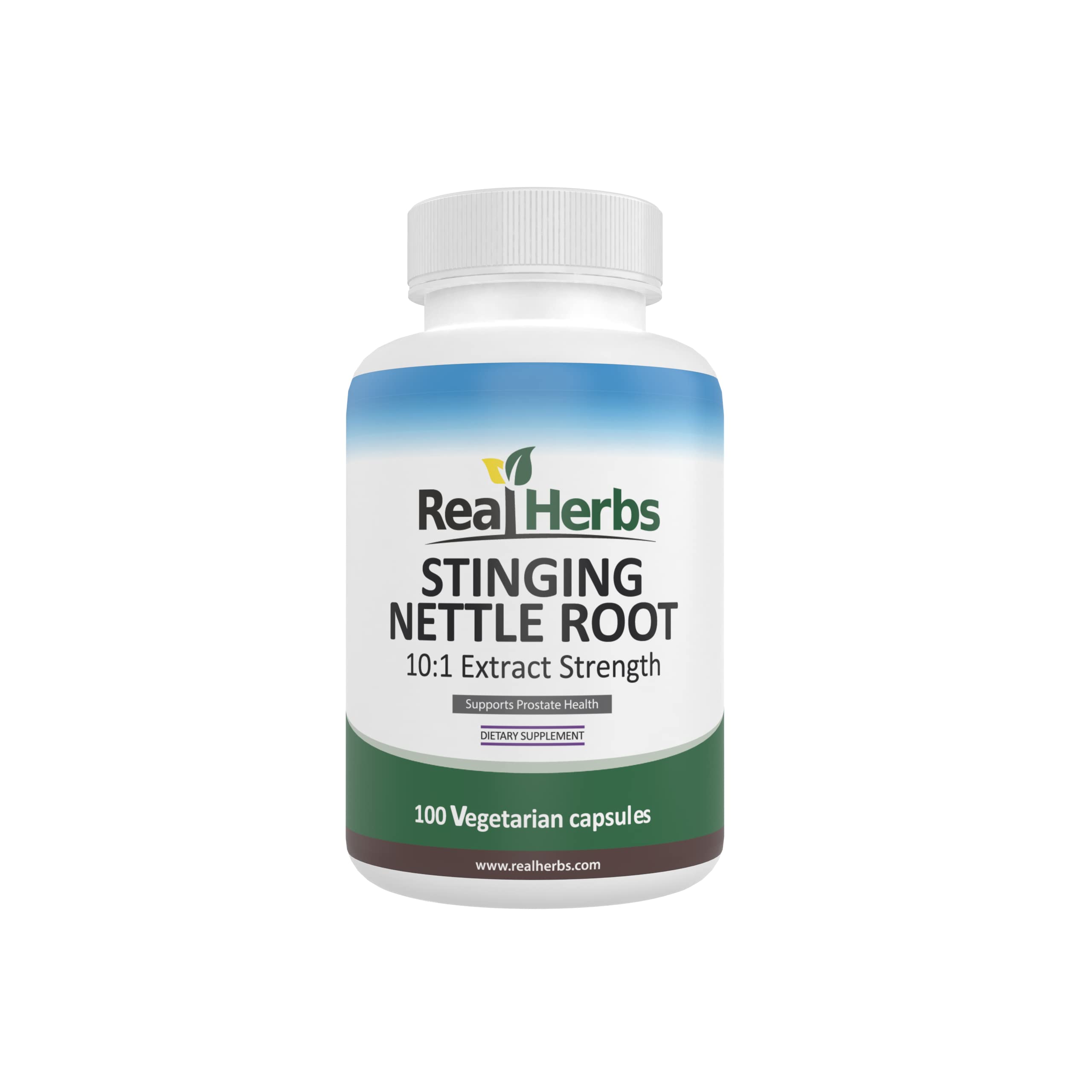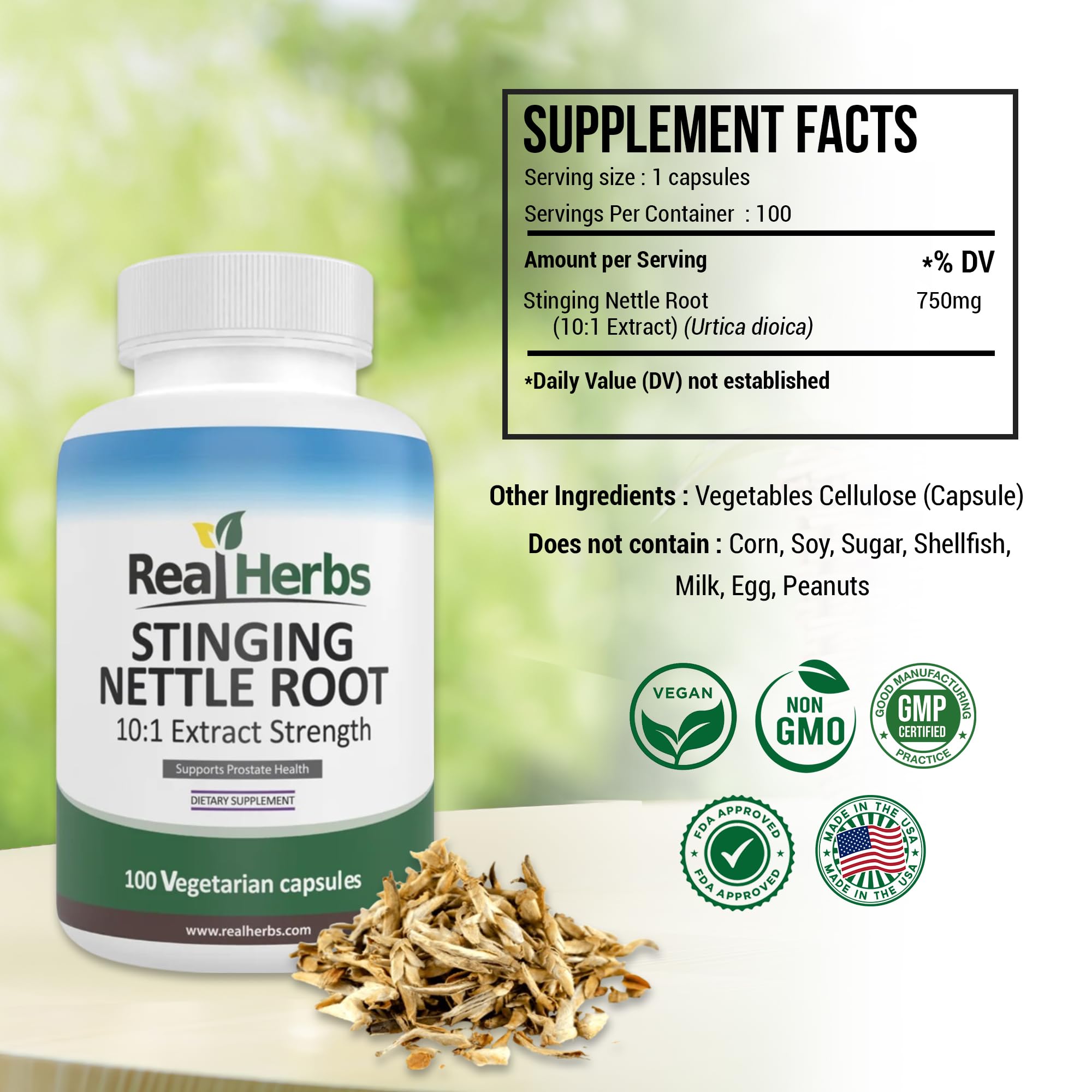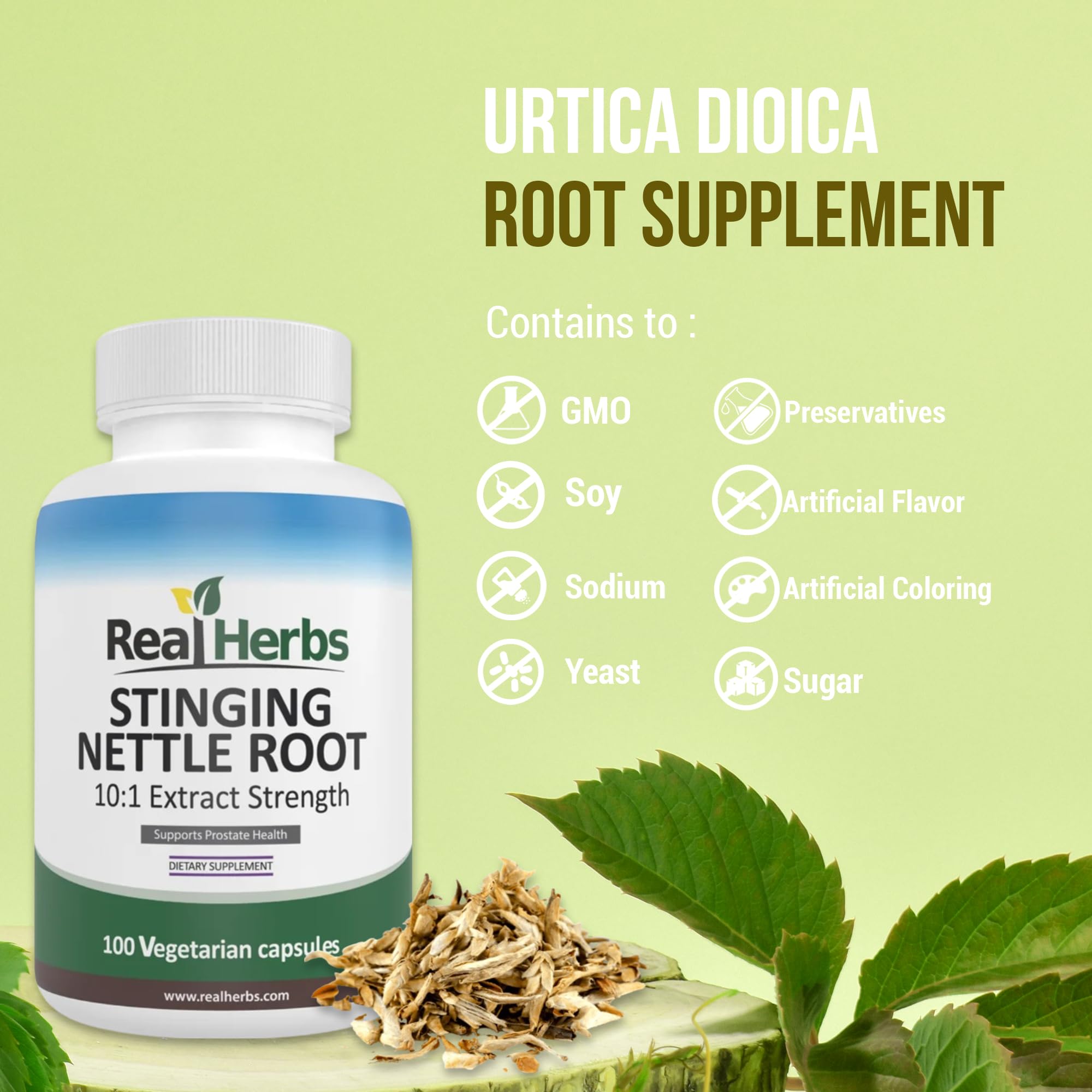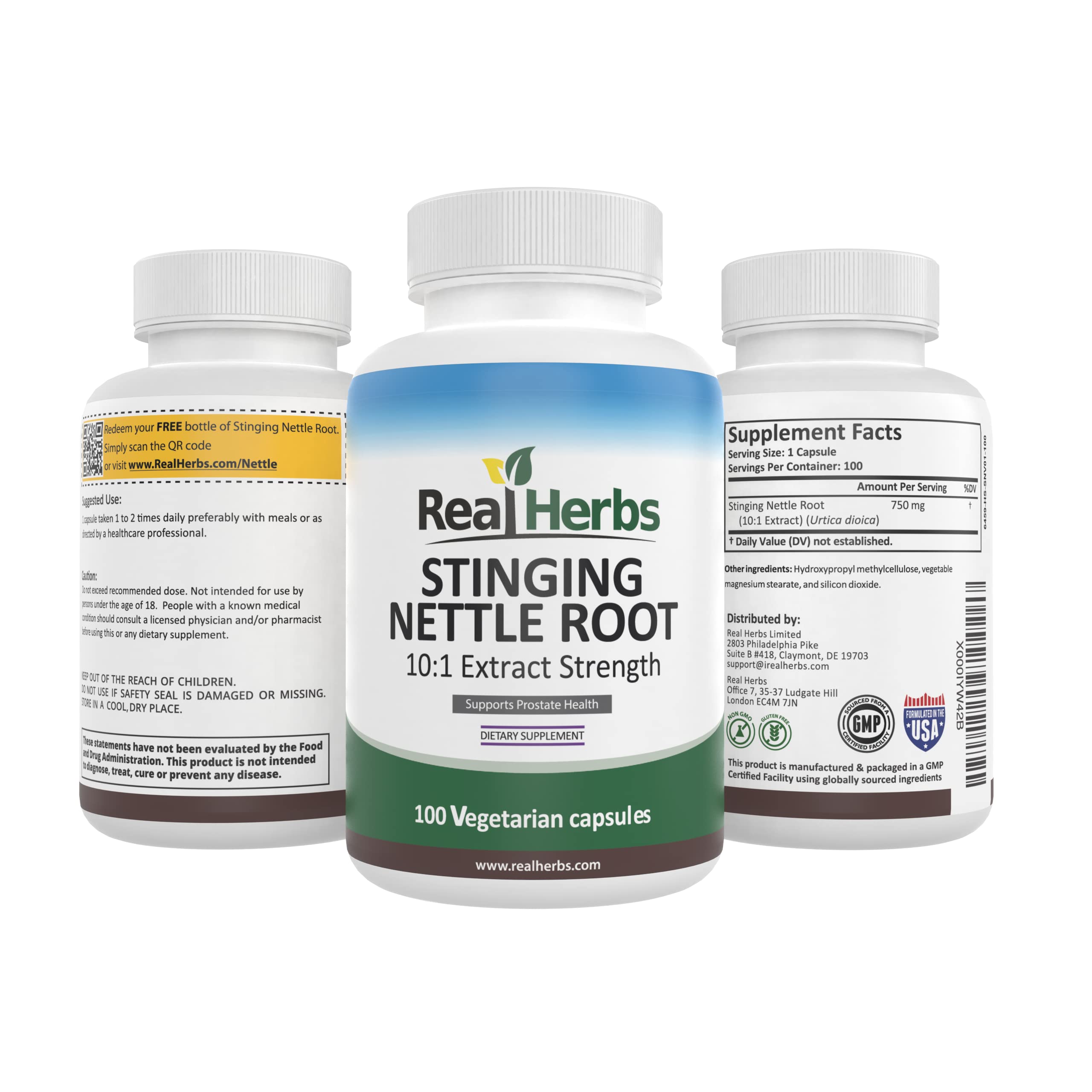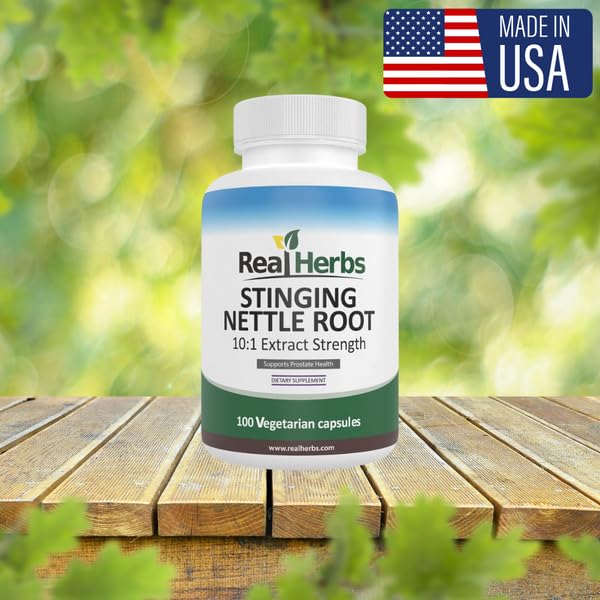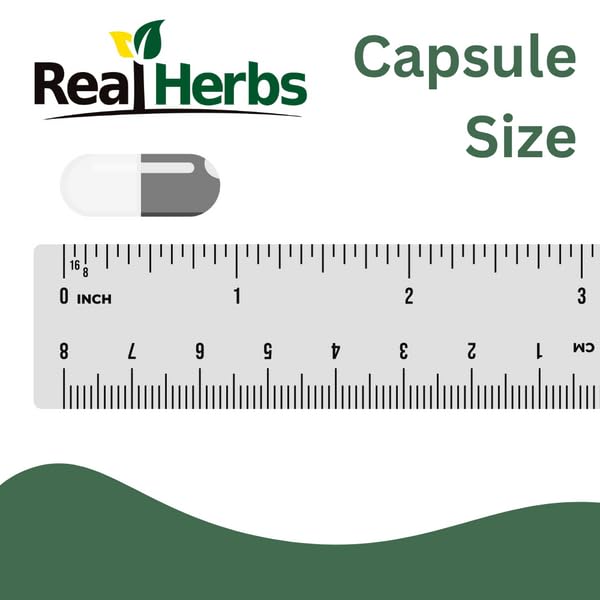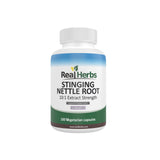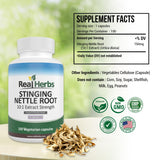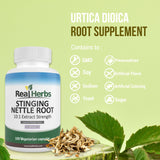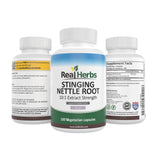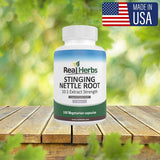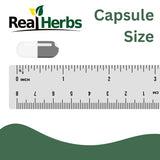Exploring Stinging Nettle Root's Benefits for Skin Health
Introduction
Did you know that a common plant notorious for its stinging leaves might hold the key to radiant and healthy skin? In the realm of herbal remedies, stinging nettle root has emerged as a potential powerhouse for skin health. Beyond its reputation as a bothersome weed, stinging nettle (Urtica dioica) has a rich history in traditional medicine and is now gaining attention for its promising contributions to skincare. In this article, we delve into the science behind stinging nettle root and its potential benefits for achieving and maintaining vibrant skin.Stinging nettle, characterized by its serrated leaves and stinging hairs that release irritants upon contact, might seem an unlikely candidate for skincare. However, this plant has deep roots in herbal medicine. Traditionally used for various ailments, stinging nettle has found its way into modern discussions about skin health.
Unlocking the secrets of stinging nettle's impact on the skin begins with understanding its nutritional composition. Rich in vitamins, minerals, and bioactive compounds, this unassuming plant possesses a profile that aligns with skin-nourishing elements.
Scientific exploration has become a crucial aspect of understanding the potential benefits of stinging nettle for the skin. Studies and clinical trials shed light on the intricate relationship between the plant's compounds and skin health. Let's explore the findings that make stinging nettle a subject of interest in the world of dermatology.
Benefits for Skin Health
The potential benefits of stinging nettle root for skin health are diverse and intriguing. From promoting a clearer complexion to addressing inflammatory skin conditions, the plant offers a range of advantages. Let's break down some of the notable ways stinging nettle may contribute to a healthier and more radiant skin.
-
Reduced Inflammation:
Stinging nettle contains compounds known for their anti-inflammatory effects. These may help alleviate skin inflammation, making it a potential ally for conditions like eczema and psoriasis. -
Improved Complexion:
The vitamins and minerals found in stinging nettle, such as vitamin A and iron, play vital roles in skin health. These nutrients contribute to a healthier complexion by supporting cell turnover and collagen production. -
Acne Management:
Preliminary research suggests that stinging nettle's antimicrobial properties could aid in managing acne. Its ability to combat bacteria may contribute to clearer skin and reduced breakouts. -
Hydration and Nourishment:
Stinging nettle extracts are rich in moisturizing components. When applied topically, they may help hydrate the skin and provide essential nutrients for a more supple and youthful appearance.
Potential Risks and Precautions
While stinging nettle root shows promise, it's crucial to acknowledge potential risks and take necessary precautions. Individuals considering the incorporation of stinging nettle into their skincare routine should be aware of the following considerations:
-
Skin Sensitivity:
Some individuals may experience skin irritation or an allergic reaction upon direct contact with stinging nettle. It's advisable to perform a patch test before using products containing stinging nettle extracts. -
Interaction with Medications:
Stinging nettle may interact with certain medications. Consultation with a healthcare professional is recommended, especially for those taking blood thinners or medications that affect blood pressure. -
Pregnancy and Lactation:
Pregnant or lactating individuals should exercise caution, as the safety of stinging nettle during these periods is not well-established.
Conclusion
As we unravel the potential benefits of stinging nettle root for skin health, it becomes evident that this humble plant has much to offer beyond its notorious sting. From addressing inflammation to promoting a clearer complexion, stinging nettle's diverse properties position it as a promising addition to skincare routines. However, it's crucial to approach its use with awareness and, when in doubt, consult with a healthcare professional
References:- Smith, J. E., Chávez, M. L., & Brown, J. M. (1999). 4-Desmethylsterols and their 4-methyl precursors in the stinging hairs of Urtica dioica. Phytochemistry, 52(1), 65-69.
- Roschek Jr, B., Fink, R. C., McMichael, M., Alberte, R. S., & Alberte, R. S. (2009). Nettle extract (Urtica dioica) affects key receptors and enzymes associated with allergic rhinitis. Phytotherapy Research, 23(7), 920-926.
- Kregiel, D., Pawlikowska, E., & Antolak, H. (2018). Urtica spp.: Ordinary plants with extraordinary properties. Molecules, 23(7), 1664.

